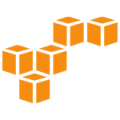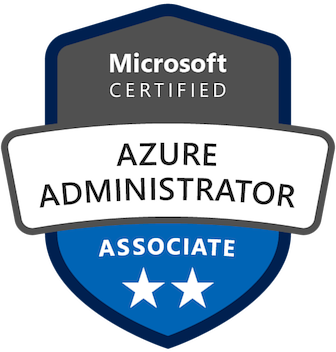Continuous Delivery vs Continuous Deployment
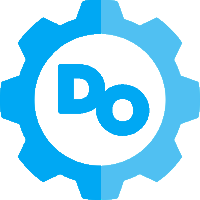
Azure DevOps Course
Continuous Delivery vs Continuous Deployment: An Overview
CI and CD are two buzzwords that are often used when modern day development practices are talked about. In this Tutorial, we will talk about: Continuous Integration, Continuous Delivery, Continuous Deployment and Continuous Delivery vs Continuous Deployment. Integrating "Azure DevOps Training" into these concepts empowers teams to optimize their practices using Azure's suite of DevOps tools. This training equips individuals with the knowledge and skills needed to set up robust CI/CD pipelines within the Azure ecosystem. Leveraging Azure DevOps Training, teams can effectively implement and manage these processes, fostering a more efficient and reliable software development lifecycle.
Read More: Top 50 DevOps Interview Questions and Answers
Continuous Delivery vs Continuous Deployment: Comparison Table
| Continuous Deployment | Continuous Delivery | |
| Definition | Continuous Deployment is the practice where every change that passes automated test is released to production automatically. | Continuous Delivery is the process where every change is prepared for deployment to production which also requires manual approval. |
| Target | It is suitable for organizations which have robust automated testing and deployment infrastructure. | It is suitable for organizations who still need manual interference for some releases but are changing into more automated deployment. |
| Automation effort | High automation efforts. | Moderate automation effort. |
| Flexibility | The automation makes it less flexible. | It is more flexible. |
| Deployment process | Automated deployment pipeline. | Automated deployment pipeline with human interference included. |
Introduction
CI stands for Continuous Integration, while CD is often confused with either Continuous Delivery or Continuous Deployment. Continuous Delivery and Continuous Deployment are quite related, same on many fronts, but they do have their valid differences, which makes both of them what they actually stand for. In this article, we will try to define Continuous Delivery and Continuous Deployment, have a look at their approach diagrammatically and understand the differences between them.
What are the benefits of each practice?
Continuous integration:
- Changes in the code are frequently integrated into the main branch so that developers can easily identify and fix integration issues in the early process.
- Regular integration of changes helps in making it less prone to risks of large scale integration conflicts.
- CI can enhance more collaboration between team members because there is continuous integration happening of all code changes into the code base.
Continuous delivery:
- Through CD, the process of software releases prepared for deployment is fully automatic which helps faster delivery of new features and updates.
- Developers can focus more on coding as the delivery pipeline is fully automated.
- Through the practice of continuous delivery, teams can respond quickly to customer feedback and market demands and deliver new features and updates on time.
Continuous deployment:
- It is much more easier to respond to changing market conditions and user feedback through the practice of continuous deployment.
- Teams can also improve simultaneously based on user feedback and performance metrics.
- The process of continuous deployment saves time as there is less requirement for bug fixes.
CI – Continuous Integration
- Developers work on their individual branches and merge changes/commits to the main sprint branch as many times a day.
- A build is created as many times after validation via automated unit test cases against the build.
This process is called as Continuous Integration. As the name itself implies –
- Continuous: - Regular or uninterrupted
- Integration: - Combining from various sources
Automated Unit Test Cases play a major role in CI process, the validation against the build happens to make sure that a new change committed by the developers doesn’t break the application.
Read More: Top 8 Reasons why you should Learn DevOps in 2024
CD – Continuous Delivery
Continuous Delivery means that the code is deployable to production, i.e.
- It has passed the automated unit test cases.
- It has been deployed on the staging environment and has passed all the automated integration test cases,
- And can be deployed to production with just a button click whenever the business demands it.
- Theoretically a release can be scheduled daily, weekly, bi-weekly or whenever the client requires.
- But to take advantage of CD, deployment to production should happen as early as possible towards a small sprint/batch to get early feedback from the clients and to overall test the whole process.
Deployable to production is an important context over here; it means that the code is ready to be deployed to production.
A visual representation is as below (Image 1).
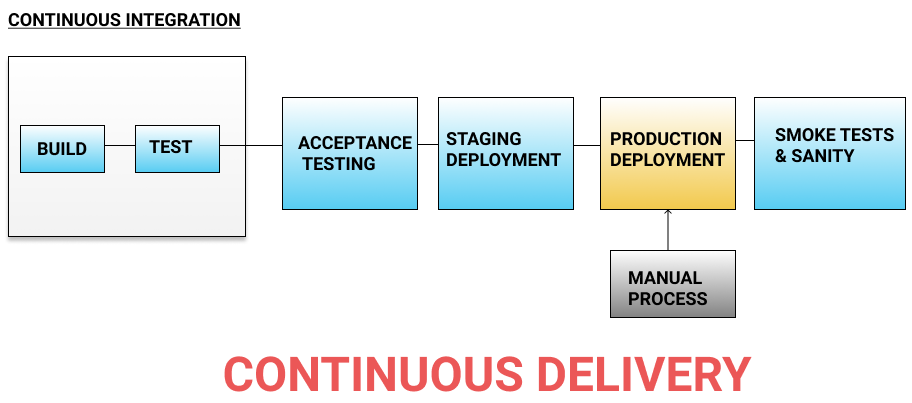
Image 1 – Continuous Delivery
From the above image, we can deduce that production deployment is usually controlled by a manual process, which when needed can be done whenever the business needs it. Apart from that, every step is automated.
CD - Continuous Deployment
- Continuous Deployment goes beyond Continuous Delivery by a step, in which there is no human intervention on production deployment and as soon as a feature gets committed, it gets deployed to production after valid CI and staging deployment.
- Only a failed test can break this process.
A visual representation is given below (Image 2).
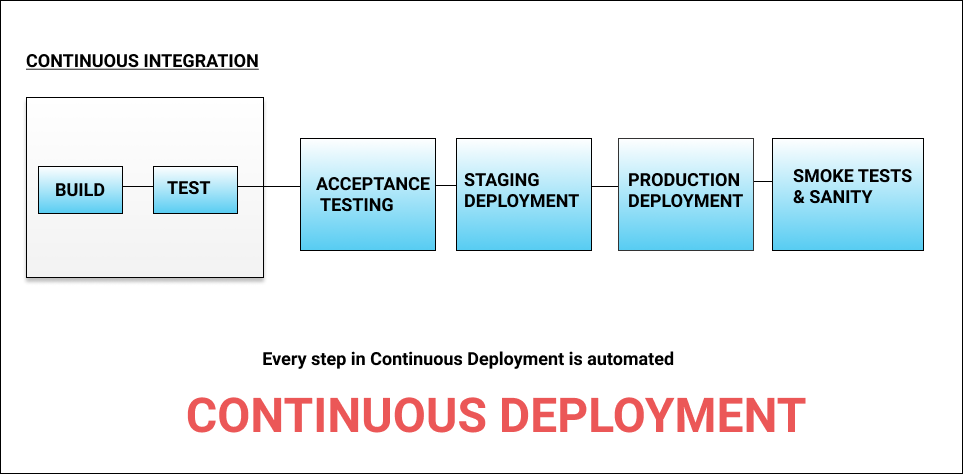
Image 2 – Continuous Deployment
Continuous Deployment should be the ultimate goal for any company if it doesn’t have constraints on taking the application go live. A prod deployment is often succeeded by a chain of documentation and emails.
- Operations Guide
- Support Guide
- Installation document
- Release emails
- Stakeholder emails
- Official communication
- Marketing and PR on LinkedIn, Twitter and other social media channels
- Success stories
Above are a few of the examples of the documentation and emails which are required to be ready to go once there’s production deployment. Hence Continuous Deployment has to sync a plethora of departments. Even if Continuous Deployment is not possible in every scenario, Continuous Delivery is a must in a DevOps practice. Regular or continuous deliveries instill confidence that a new feature can be delivered to a client whenever it is demanded.
Features of each practice
Continuous integration:
- Automatic build and testing
- Analysis of the code quality
- Frequent process of integration
- Faster feedback
Continuous delivery:
- Automated deployment pipeline
- Management of artefacts and environment
- Additional stage of manual approval
- Roll back deployment mechanism
Continuous deployment:
- Continuous monitoring and learning process
- Fully automatic process of deployment to production
- Zero or minimal Downtown deployment
- Feature flags or toggles
Example of each practice
- Continuous integration- The use of CI systems like Jenkins or Git lab CI is the biggest example of continuous integration where the CI system triggers build processes automatically whenever code changes are passed to the shared repository by the developer.
- Continuous delivery- Many E-Commerce platforms such as, Amazon and shopify practice continuous delivery as changes made to the code, execution of automated test and preparation of deployment packages is running continuously.
- Continuous deployment- One of the biggest example is Netflix that rely on continuous deployment a lot in order to deliver the streaming services to millions of users worldwide.
Continuous Delivery! = Continuous Deployment
Continuous Delivery is not equal to Continuous Deployment; often there are confusions amongst the 2 terms. As we have seen above, continuous delivery has a manual component in its pipeline, where in the production deployment is triggered by a button click, whereas continuous deployment is fully automated, a valid change made by the developer gets deployed to the production at that very instant. Continuous Delivery doesn't mean every change is deployed to production ASAP. It means every change is proven to be deployable at any time.
Tabular Comparison
|
Continuous Integration |
Continuous Delivery |
Continuous Deployment |
|
Continuous Integration is 1) Automation of build and test processes so that the resultant application is all good, and doesn't break, every time a developer commits code. 2) Ideally 100% CI success isn't possible, there are scenarios where in the tests do not exist for a feature etc. 3) It avoids integration hell where in the application works good on individual developers’ machines and fails when there is code integration from the whole team. |
Continuous Delivery involves 1) CI and further steps like Integration testing, Acceptance testing, Staging Deployment to automate the software releases. 2) The aim of Continuous Delivery is to make sure the software is always ready to go to production, as and when needed. |
Continuous Deployment is 1) A process that automatically deploys into the final production environment, usually every time a developer changes code, keeping in mind all automated tests pass. 2) However, this practice requires an a) Excellent automated testing coverage. b) Ability to roll out changes to a small set of servers, then eventually to a larger set. c) And a practical and quick roll back strategy in case something goes wrong. |
Summary
The above article makes a very valid attempt to compare between Continuous Delivery and Continuous Deployment, a discussion between these two is incomplete without the knowledge of Continuous Integration. Continuous Delivery is a must for any DevOps practice. That means Azure DevOps is the combination of various technologies, tools, and best practices to implement CI/CD continuous integration / Continuous Delivery. It's not easy for someone to learn their own and implement, one can take advantage of various DevOps Certification Training or DevOps online courses to leverage with DevOps skills, gain the confidence to work in Azure DevOps.
FAQs
Q1. What is difference between continuous delivery and continuous deployment?
Q2. What is difference between CI and CD?
Q3. Which tool is used for continuous deployment?
Q4. What is continuous deployment example?
Q5. What is the purpose of continuous deployment?
Take our free devops skill challenge to evaluate your skill

In less than 5 minutes, with our skill challenge, you can identify your knowledge gaps and strengths in a given skill.



